
The wild has a way of testing you when you least expect it. One misstep becomes pain, and the silence quickly feels heavier than it should. In moments like these, how you respond matters more than what you pack. Here are some clear actions to steady your mind and keep moving forward.
Pause And Breathe Before You Move

Every survival plan begins with oxygen. Breathing deeply slows the heart rate and gives your frontal cortex room to work. Anchor yourself by inhaling through the nose and exhaling through the mouth. Even seasoned hikers rely on breath to block panic’s first punch.
Scan For Immediate Dangers Around You

Eyes tell the story before feet ever move. Check the slope, the sky, the stillness. Are branches cracking? Is water rising? That quick scan builds the map you need. That’s precisely how staying aware becomes your first defense.
Address Bleeding With Pressure And Focus
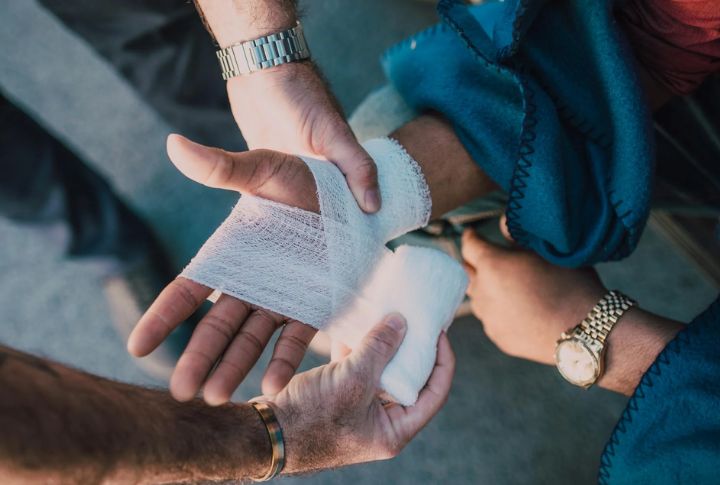
Bleeding during treks can be dangerous, but your hands can help. Press a cloth or bandana over the wound, using your palm to lock it in. Let compression outpace the clock. You’re not only stopping bleeding but also buying clarity and time.
Decide To Stay Put Unless Safety Demands Otherwise
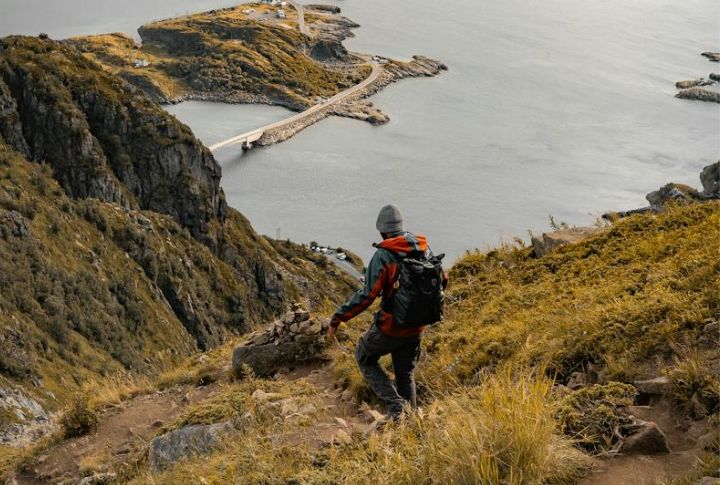
The trail has rules, and one of them is knowing when not to walk it. If there’s no rising water, falling rock, or urgent threat, just stay. It’s conserving your strength and clarity. Moreover, staying put on the trail makes it much easier for rescuers to find you.
Immobilize Injuries One Step At A Time

That sharp jolt? It’s your cue to slow down. Support the limb with anything firm—sticks, padding, even bundled socks. Always remember to tie gently but firmly. This way, you’ll also have the ability to think clearly and move with intention when the time comes.
Build A Shelter Or Barrier If Exposure Threatens
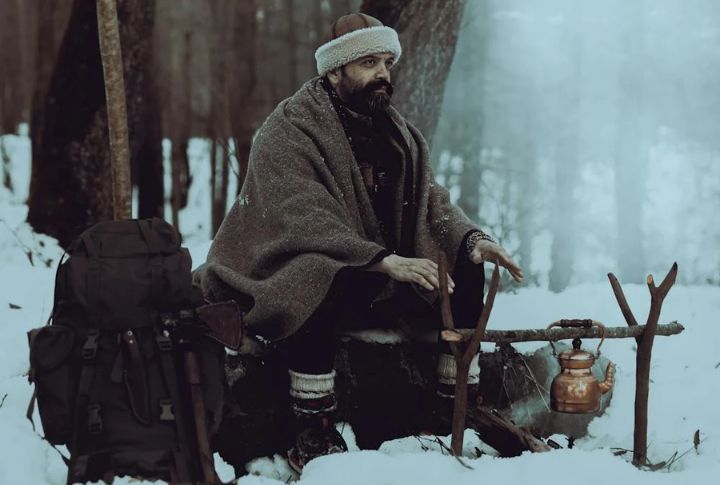
Nature doesn’t wait for recovery. If you’re exposed, always remember to construct fast. Use your pack or a thermal blanket to trap heat or shade your skin. Preserving your core temperature keeps your brain sharper than any gear stashed in your bag.
Signal With Sound, Light Or Movement
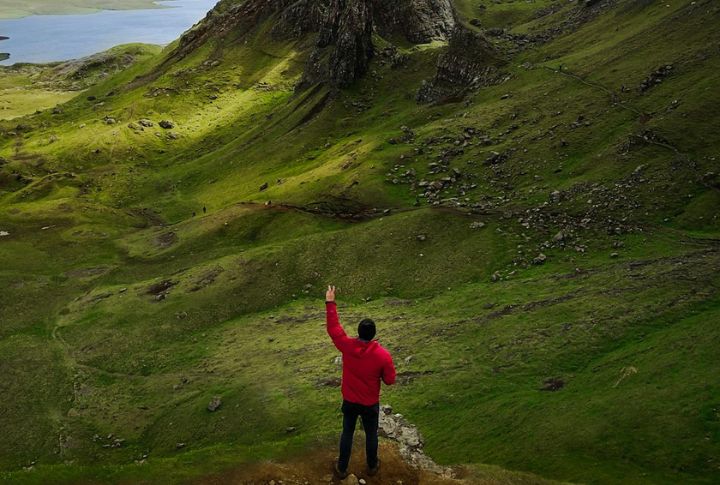
Whistles carry farther than voices, and mirrors flash stronger than waving arms. Always remember to create signals in patterns that stand out—three short blasts, repeated flashes, and a steady arm motion. Calling attention to yourself breaks isolation.
Ration Water And Reassess Frequently

Think of hydration as a mental checkpoint, not just a physical need. After each drink, scan your condition like it’s a system reboot. What feels off? What needs adjusting? Decide your approach based on these, and always remember to ration water after assessment.
Keep Your Energy Up With Small, Steady Moves
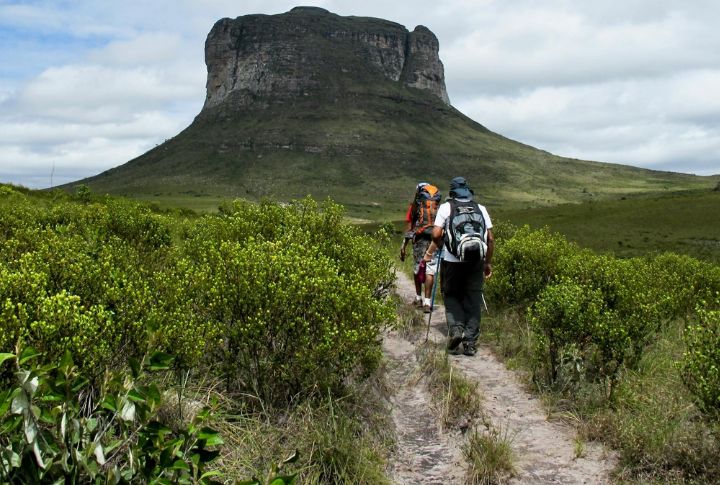
Your body thrives on momentum, not exhaustion. Instead of pushing through with brute force, take small, calculated steps that preserve strength. Whether it’s adjusting your grip or stretching to avoid stiffness, controlled movements sustain endurance.
Track Time To Prevent Fatigue And Misjudgment
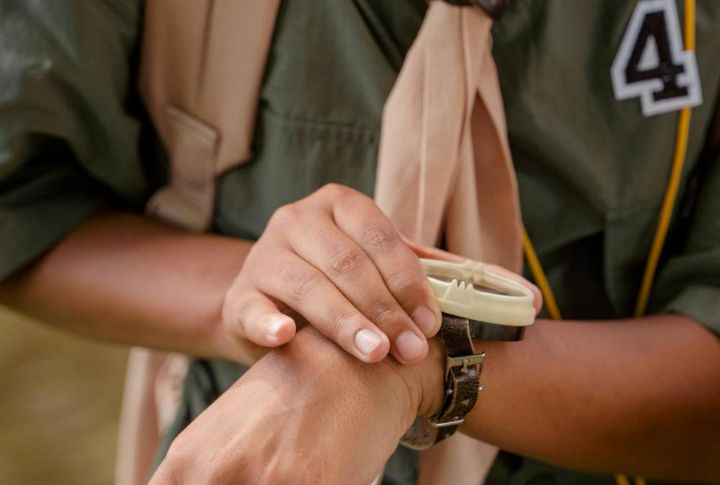
In survival situations, time management matters just as much as physical endurance. Keep track of how long you’ve been resting or how frequently you’re hydrating. Small time markers prevent exhaustion from sneaking up and ensure you’re making decisions with a clear mind.
